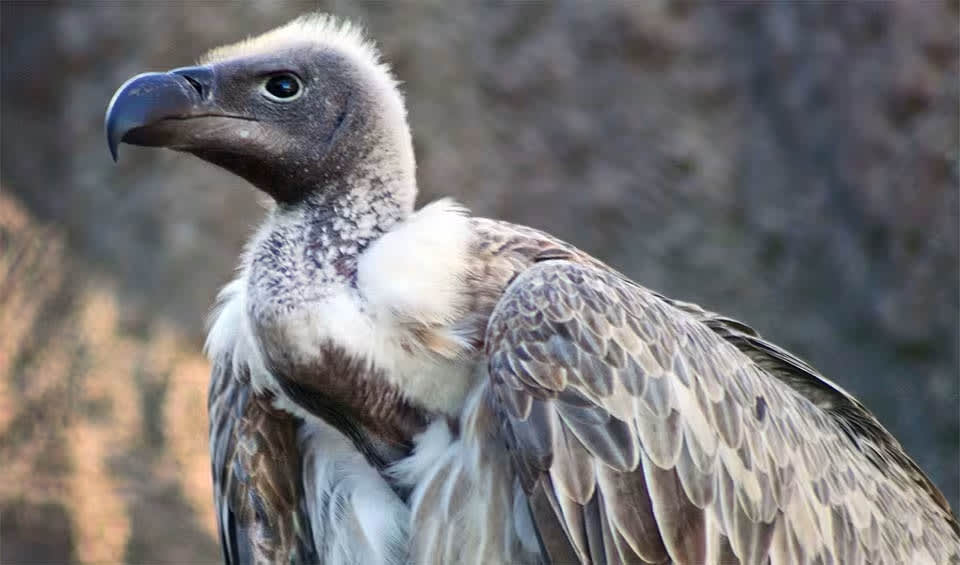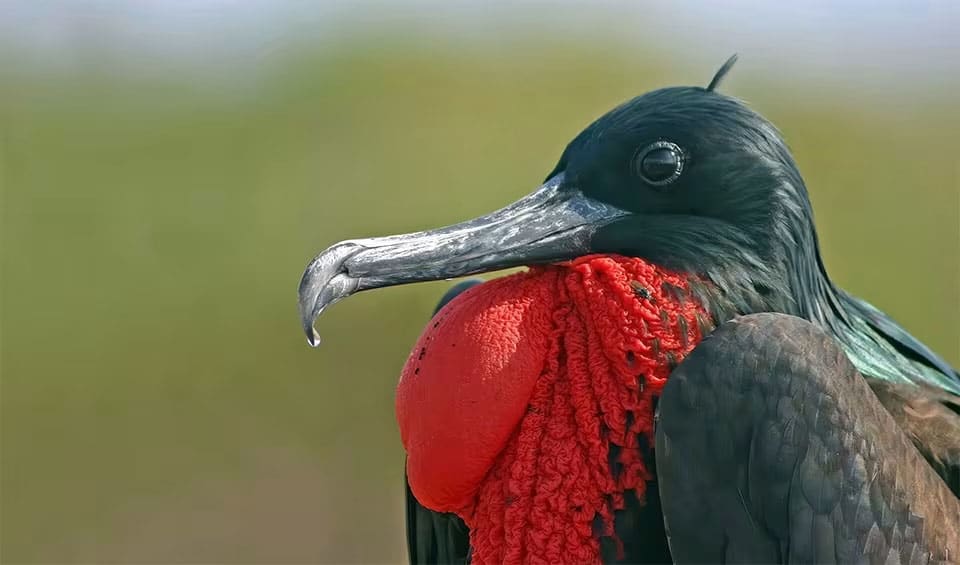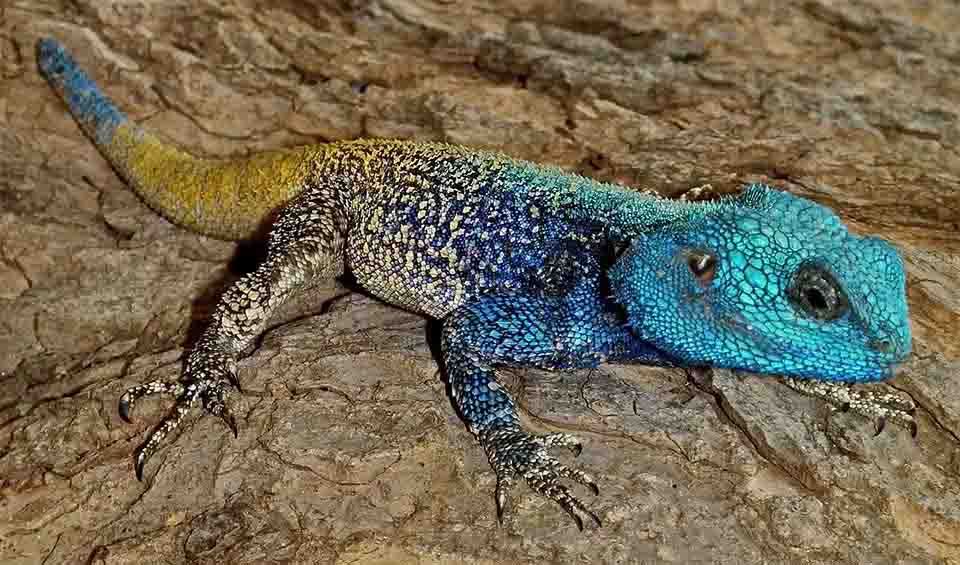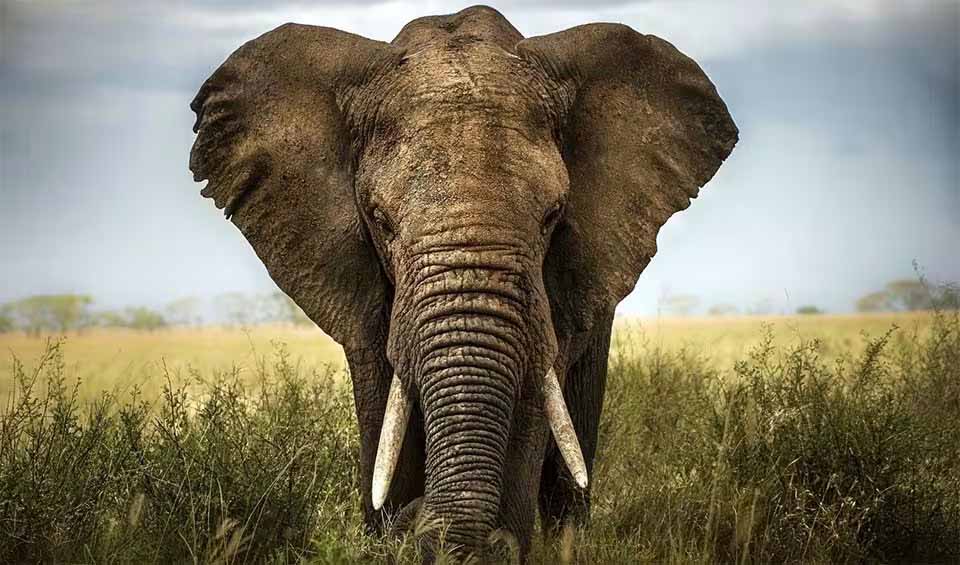Mozambique, endowed with abundant natural resources and rich biodiversity, forms a critical foundation for the nation’s development. Approximately 80% of Mozambicans rely on biodiversity and ecosystem services to sustain their social, environmental, and economic well-being. The country boasts diverse ecological zones, from terrestrial to marine, all teeming with valuable biodiversity that holds significant local, regional, and global importance.
As a part of the Eastern Africa Ecological Region, Mozambique is home to Africa’s second-largest mangrove expanse and the only sustainable population of dugongs in the entire Indian Ocean. Additionally, its forests are populated with iconic wildlife species that contribute to the ecosystem and attract tourism, playing a pivotal role in the sustainable development of local communities.
Four pillars elaborated:
Mozambique has increased the area of its protected regions from approximately 11% to 16% of its national territory. This expansion includes the establishment of new national parks like Quirimbas, Limpopo, and Chimanimani National Park, as well as additional reserves that encompass coastal and marine areas. Efforts to restore Gorongosa National Park and the designation of new Ramsar sites have further contributed to these conservation achievements. Protective measures have also been implemented for areas such as the Marromeu complex, a new Ramsar site, and key biodiversity hotspots like the Maputaland and Chimanimani-Nyanga centers of endemism. Land Management
Land Management
Biodiversity in Mozambique faces numerous threats exacerbated by historical and current human activities. Population growth, development, and past political instability have led to significant habitat loss and fragmentation, severely impacting the distribution and numbers of large terrestrial mammals. During the civil war, wildlife populations declined drastically, but since 1992, efforts have been made to rehabilitate these populations, particularly within conservation areas. Key threats include hunting, uncontrolled fires, habitat destruction, and slash-and-burn agriculture. Threats to Biodiversity
Threats to Biodiversity
Additionally, mangrove forests are declining due to deforestation for aquaculture and salt pan construction, while coral reefs suffer from bleaching and human activities like fishing and tourism. Seagrass beds are threatened by siltation, destructive harvesting methods, and trampling. Human-animal conflicts have also risen due to increased population pressure, leading to fatalities and injuries from encounters with wildlife such as crocodiles, lions, elephants, and hippos, as well as significant agricultural damage.
Mozambique’s government has launched several initiatives to preserve its rich biodiversity amidst development pressures. The COMBO Program, initiated in 2016 and now in its second phase as of 2021, strives to balance economic development with environmental conservation, implementing measures like biodiversity offsets to mitigate the impacts of development projects. Additionally, the government supports biodiversity-based value chains to integrate conservation into economic sectors, a key part of its National Biodiversity Strategy and Action Plan (NBSAP 2015 – 2035). Capacity and Governance
Capacity and Governance
The MozBio Project, backed by the World Bank, enhances the protection of conservation areas by involving local communities in sustainable income-generating activities and environmental education. Another initiative, MOZWILD, focuses on protecting and restoring terrestrial ecosystems, managing forests sustainably, combating poaching and trafficking, and enforcing new biodiversity-focused regulations and legislation.
Mozambique’s future biodiversity conservation plans are comprehensive and include expanding protected areas, strengthening legal frameworks for environmental protection, and involving local communities through community-based natural resource management programs. The country aims to integrate climate change adaptation strategies to enhance ecosystem resilience, promote ecotourism for economic benefits and conservation incentives, and increase research and monitoring to track biodiversity trends. Future Trends
Future Trends
Additionally, Mozambique plans to enhance transboundary conservation efforts and seek international cooperation and funding to support its conservation initiatives. These measures aim to sustainably preserve Mozambique’s rich natural heritage while supporting community livelihoods.
Biodiversity
Mozambique’s biodiversity is marked by its diverse ecosystems and unique endemic species, showcasing a rich blend of flora and fauna. The isolated Mount Mabu rainforest, discovered through satellite imagery, is notable for species like the Mabu pygmy chameleon and new species of butterflies and birds, while the revitalized Gorongosa National Park harbors distinct wildlife such as the Gorongosa woolly bat.Mozambique also features stunning natural landscapes, from the pristine beaches stretching along its extensive coastline to the coral-rich Quirimbas Archipelago and the rugged wilderness of the Niassa Reserve, home to large populations of elephants, lions, and leopards. These areas underscore Mozambique’s rich natural heritage and its importance as a conservation stronghold in Africa.
In the table below are the number of known species in several main groups, how many of these species are Threatened with extinction, and how many of them are Endemic (unique to Mozambique only):
| Species (World rank) |
Threatened | % Threatened | Endemic | % Endemic | |
|---|---|---|---|---|---|
| Mammals | 265 (#34) | 17 | 6.4% | 4 | 1.5% |
| Birds | 676 (#43) | 32 | 4.7% | 2 | 0.3% |
| Reptiles | 225 (#40) | 13 | 5.8% | 25 | 11.1% |
| Amphibians | 93 (#38) | 5 | 5.4% | 6 | 6.5% |
| Fishes | 1,785 (#18) | 103 | 5.8% | 31 | 1.8% |
| Plants | 5,558 (#58) | 145 | 2.6% | 271 | 4.9% |
mammals
Nyala
One of Africa’s most vigilant antelopes — can detect threats through their outstanding sense of hearing, smell, and keen vision
African wild dog
85% successful kills! Yet irreversibly waning, it is among the most endangered canids in Africa
Cheetah
Racing to extinction: historically ranging throughout Africa to India, now distributed in small, fragmented populations
birds
White-backed vulture
Their highly acidic stomachs and powerful enzymes help break down and neutralize harmful bacteria and toxins present in the carcasses they feed on
Great frigatebird
These birds spend weeks in the air and hunt, preen and even sleep while in flight
African penguin
Pinked patched endanger penguin
reptiles
Southern tree agama
Not only change color during breeding but also to express their emotional state
Gaboon viper
Gaboon viper has the largest fangs and highest venom yield of any snake on earth
Hawksbill sea turtle
Its slender frame and narrow head bear a beak curved like a hawk’s, earning this marine marvel its name
National Animals
African bush elephant
Size matters! The largest of the three elephant species and the largest extant terrestrial creature on our planet














